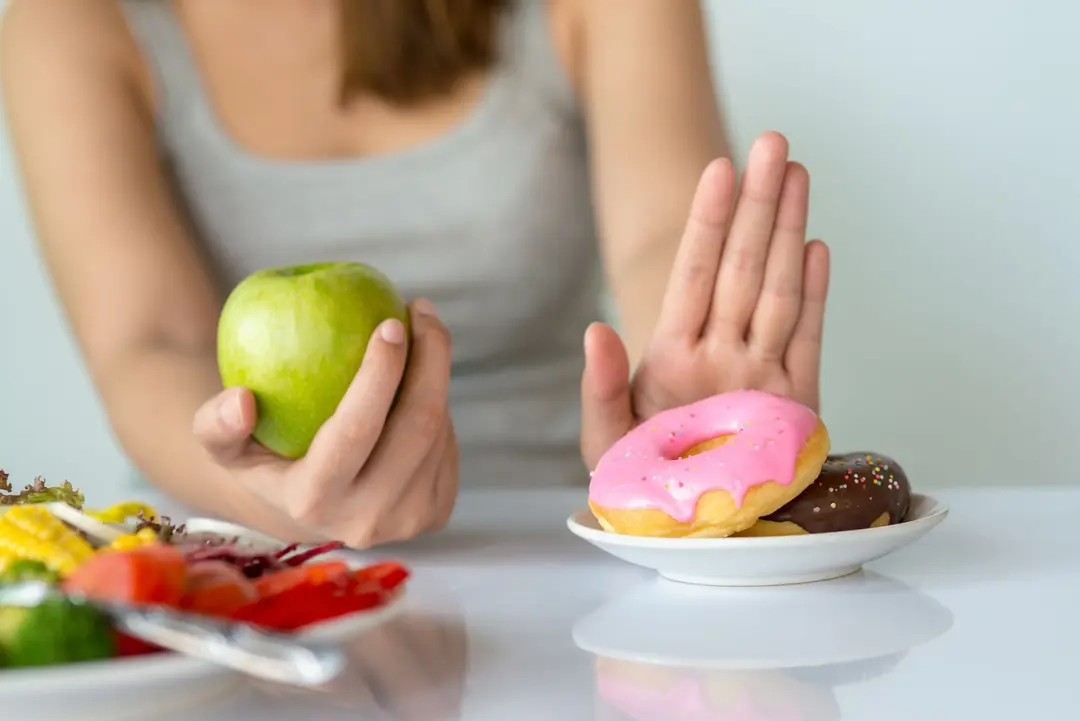
Most cravings arise in anticipation, not necessity. The body reacts before you’re aware of desire. Sensory cues—smells, visuals, textures—activate memory regions tied to previous satisfaction. Dopamine surges, preparing the body to seek reward. This process begins before actual hunger signals. A chocolate ad or the sound of crunch triggers predictive reward response. The brain anticipates, and the body follows. Cravings feel sudden but are rooted in earlier, unnoticed patterns.
Dopamine drives the anticipation of reward, not the pleasure itself
Dopamine is misunderstood. It doesn’t deliver pleasure—it drives pursuit. It prepares the system to obtain reward. When you crave chips, dopamine spikes before the first bite. It primes you to act, not enjoy. Actual pleasure comes from other chemicals like opioids and endorphins. Dopamine’s role is motivational. It links cues with action. Over time, anticipation becomes stronger than the taste. Cravings become conditioned, not conscious.
Processed foods are engineered to bypass satiety and hijack reward systems
Highly processed snacks combine salt, sugar, and fat in unnatural ratios. This balance rarely exists in nature. These combinations overstimulate taste receptors and delay fullness signals. Additives enhance texture and mouthfeel, making moderation harder. Your body gets flavor intensity without nutrient density. The result is prolonged consumption without satisfaction. Cravings linger even after eating. These foods override self-regulation mechanisms built for simpler diets.
Hormonal fluctuations shape cravings more than most daily decisions
Estrogen and progesterone influence food preference. These hormones fluctuate across the menstrual cycle. Cravings for carbohydrates often peak before menstruation. This reflects the body’s need for serotonin modulation. Insulin sensitivity also shifts throughout the cycle. In men, testosterone affects appetite subtly but consistently. Cortisol spikes from stress increase craving for high-calorie foods. These cravings aren’t mental weakness—they’re biochemical signals seeking balance. Hormones whisper cravings louder than logic.
Sleep deprivation alters reward pathways and amplifies food-related impulses
Lack of sleep reduces leptin, the hormone that signals fullness. It also raises ghrelin, the hunger hormone. With these changes, your brain overestimates reward from food. Cravings become stronger, especially for high-fat or sugary items. Sleep loss also impairs the prefrontal cortex. This region governs decision-making and impulse control. A tired brain leans into temptation. Craving intensity grows when regulation weakens. Sleep hygiene protects appetite control.
Habit loops turn cravings into automatic responses disconnected from actual desire
Cravings often follow patterns unrelated to need. Afternoon snacks at a desk become reflexive. Movie nights demand popcorn whether hungry or not. These habits form loops—cue, action, reward. The brain remembers satisfaction and repeats the behavior. Over time, the behavior persists without the original craving. Context becomes the cue. Breaking the loop requires altering the environment or replacing the behavior. Awareness dismantles automaticity.
Gut microbiota influence cravings by communicating directly with the brain
Your gut bacteria send signals via the vagus nerve. Certain strains prefer specific nutrients. Sugar-loving bacteria can increase cravings for simple carbs. Fiber-feeding strains thrive on legumes and vegetables. Craving patterns reflect microbial balance. Antibiotics, diet, and stress all shift this ecosystem. A disrupted microbiome often creates chaotic cravings. Restoring balance may reduce erratic food impulses. Feeding microbes is feeding urges—literally.
Emotional distress often masks itself as a craving for food-based comfort
Stress doesn’t always feel like panic. Sometimes it feels like cookies. Emotional tension often translates into food urges. These cravings offer distraction and temporary calm. Childhood associations strengthen the loop. Ice cream for sadness, fries for anger, bread for loneliness. The craving isn’t for food—but relief. Identifying the emotion helps untangle the desire. Emotional awareness interrupts automatic consumption. Food becomes symptom, not cause.
Nutrient deficiencies send subtle cravings that often get misread
Craving red meat may indicate low iron. Chocolate urges can suggest magnesium deficiency. Salt cravings sometimes reflect adrenal fatigue. These are signals—not demands. The body seeks correction. But modern diets misinterpret messages. Sugar often answers tiredness. Caffeine masks low hydration. Processed cravings often bury real needs. Identifying deficiencies recalibrates desire. Lab work sometimes reveals the source of repeated urges. Cravings speak in code.
Restrictive diets increase psychological fixation and amplify food-focused thoughts
The more you resist, the stronger it grows. Dietary restrictions increase food salience. Even irrelevant items become tempting. A brain under deprivation tracks food more intensely. Cravings multiply under scarcity mindset. The issue isn’t discipline—it’s attention. Flexible eating reduces intensity by removing taboo. Allowed foods lose mystique. Variety resets balance. Control emerges through permission, not denial.
Movement alters chemistry and dulls specific craving intensity
Exercise releases endorphins that blunt reward-driven hunger. Blood flow increases, shifting attention away from food. Physical activity lowers ghrelin temporarily. After movement, cravings often fade or change focus. A walk replaces chips. Yoga replaces chocolate. The change isn’t distraction—it’s chemistry. Movement transforms desire by altering the hormonal backdrop. It resets the internal craving conversation.
Hydration regulates hunger hormones and reduces false cravings
Mild dehydration often feels like hunger. The body confuses signals. Water before meals reduces food intake. It also regulates energy metabolism. Dehydration increases cortisol, which triggers high-calorie cravings. Drinking consistently keeps hormonal patterns steady. Caffeine and alcohol dehydrate, complicating signals. Hydration tames desire by restoring communication. Sometimes a glass of water answers a craving better than food.
Mindful eating practices disrupt automatic craving-response behavior
Eating with attention changes how food is processed. You notice texture, fullness, and taste more clearly. Cravings become opportunities to observe—not obey. Mindful chewing slows consumption. It also enhances satisfaction. Distraction-free meals reduce overconsumption. Awareness reveals triggers. It builds resistance not through willpower, but clarity. You learn your body’s language over time. Listening replaces reacting.
Food advertising programs cravings through repetition and idealized imagery
Marketing shapes desire. Bright packaging, slow-motion cheese pulls, and crisp crunches embed in memory. Repeated exposure forms associations. Hunger becomes a response to branding. Advertisements bypass logic. They manipulate anticipation. Cravings build through imagery, not need. Avoiding exposure weakens the pattern. Unfollowing food pages helps. Blocking cues resets craving cues. Visibility fuels desire. Reducing input reduces urge.
Cultural narratives around indulgence normalize craving as identity
We’re told to “treat ourselves.” Cravings become lifestyle affirmations. Donuts aren’t food—they’re rebellion. Identity ties to indulgence. Saying no feels like self-denial. Saying yes becomes empowerment. Marketing reinforces this. Celebrations center around sugar, comfort, excess. Cravings gain symbolic meaning. They’re no longer biological—they’re cultural. Untangling meaning from food dissolves intensity. Consumption becomes choice again—not ritual.
Social cues influence when and what we crave unconsciously
Being around others eating amplifies your own desire. Shared meals create synchronized cravings. Smell and sound become communal cues. If friends order dessert, you’re more likely to join. Peer behavior shapes personal appetite. Social conformity affects food just like fashion. Recognizing this removes guilt. You’re not weak—you’re human. Awareness restores intention.
Sensory memory anchors cravings to specific environments or moments
Some cravings only appear in certain places. A bakery’s smell revives forgotten urges. Music and lighting can trigger taste memory. Sensory environments create association. These associations reignite when conditions match. That’s why airports make you crave pretzels. Or why childhood snacks feel urgent at 3 a.m. Memory drives flavor desire. Changing environment breaks loops.
Visual food exposure online maintains constant low-level craving state
Endless scrolling floods your brain with food content. Videos show melting cheese, rising dough, syrup pours. These aren’t meals—they’re dopamine cues. Exposure maintains craving readiness. The body prepares for food it never gets. This frustration creates low satisfaction. Appetite never completes its cycle. Reducing food-based content restores equilibrium. You eat for taste, not spectacle.
Certain textures fulfill cravings independent of taste
Crunch satisfies stress. Creaminess soothes nerves. Temperature calms or excites. Cravings often target texture over flavor. A need for crunch may indicate oral tension. A need for chewiness signals restlessness. Identifying texture desire guides better substitutions. Yogurt may replace ice cream. Popcorn may replace chips. Understanding texture preference rewrites food habits.
Awareness of craving origin reduces its power over behavior
Knowing why a craving appears rewires its urgency. You become observer, not captive. If it’s hormonal, you understand. If it’s emotional, you pause. Understanding doesn’t erase desire—but reshapes it. You’re no longer reacting blindly. You’re translating signals. That pause creates space. Space builds choice. Every craving decoded becomes one less acted on reflexively.
